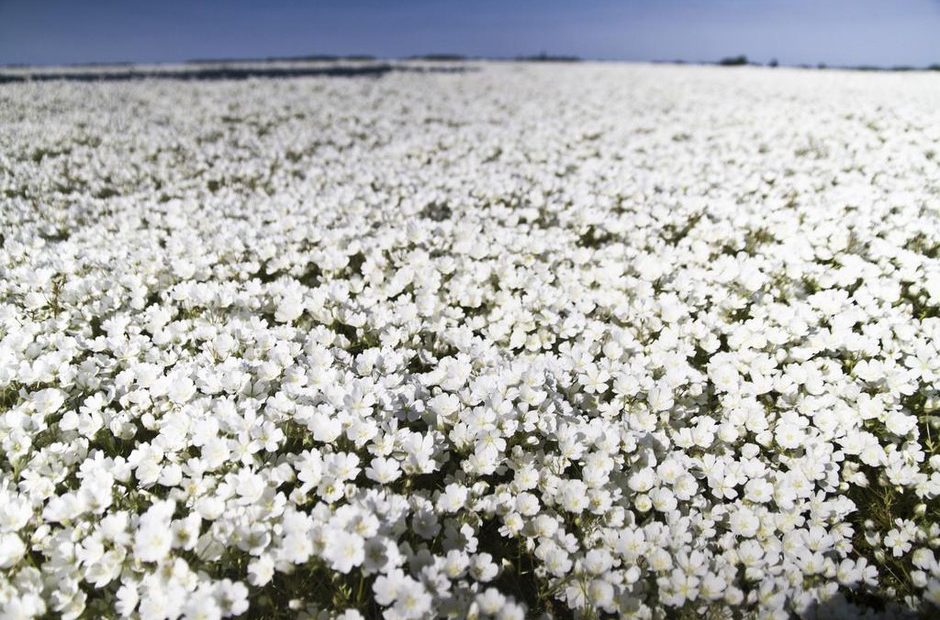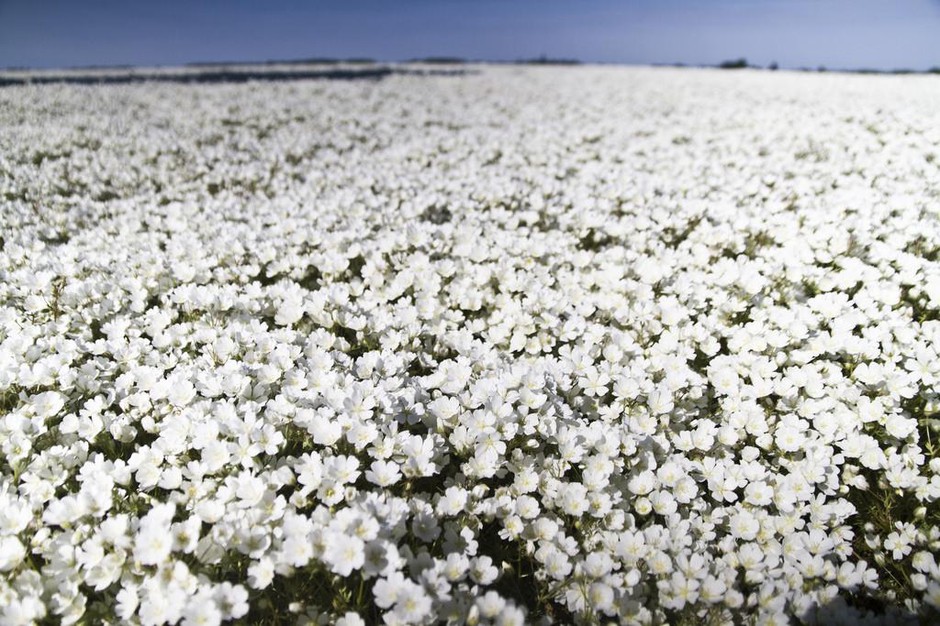
OSU Scientists Say They’ve Created A New Sunscreen Out Of Plant Waste
Whilst looking at the waste product of the meadowfoam plant, scientists at Oregon State University think they’ve found a potential new ingredient for sunscreen.
Meadowfoam is a native plant, cultivated in Oregon and Washington for oil, which is used in shampoos and cosmetics.
The problem is, the process creates a fair amount of plant waste, which can’t be eaten by animals because it’s toxic. Farmers spread it on fields instead, as a form of herbicide.
But they noticed that sometimes the herbicide didn’t work. So they took it to OSU.
Researchers found that the soil bacteria needed to break down the waste wasn’t always present, which meant the herbicide didn’t always work.
But Fred Stevens with the OSU College of Pharmacy said they also found that the breakdown process created compounds with anti-cancer and sunlight-protectant properties.
“These products they inhibit enzymes … which breaks down the collagen in the skin, your wrinkles and sagging skin,” Stevens said. “And the other thing is it shields the skin from harmful irradiation.”
The scientists setup a 3-D facsimile of human skin and hit it with ultraviolet B radiation — the more harmful type of sunlight. They found the meadowfoam derivatives reduced the UV damage.
“There’s a highly complex cascade of biochemical reactions that occur as stress responses in the skin attempt to counteract UV-induced damage,” said co-author Gitali Indra, OSU associate professor of pharmaceutical sciences.
“We need better ways to block UV exposure and also ways to lessen the damage by limiting detrimental physiological processes.”
Affiliate investigator Arup Indra, an associate professor of pharmaceutical sciences at OSU’s Linus Pauling Institute, said DNA damage is a precursor to skin cancer, “And these derivatives reduce that damage, which means improved skin health and reduced cancer risk.”
“The findings show a tremendous potential for utility in skin care products, besides just demonstrating the science on its own,” Indra said.
“Most cosmetics just sort of patch things up, cover up the damage, but this actually protects the skin,” Stevens said.
The team’s findings were published in the journal Frontiers in Pharmacology.
The team is now working with Natural Plant Products Inc. in Salem to make a natural sunscreen. It’s not known when a new product might reach the shelves.
Copyright 2018 Oregon Public Broadcasting
Related Stories:

Tiny hats for tiny babies in Richland
For the past three years, Richland resident Judy Alder has crocheted tiny hats for newborns and very sick babies in the NICU. So far this year, she’s made at least

Finley warehouse has burned for 7 weeks, Benton County Commissioners tell owners to fix it faster
Hotspots at the Lineage Logistics fire in Finley, Washington, flared up Tuesday because of high winds. The fire has been burning for seven weeks. (Credit: Benton County Fire District 1)

Tri-Cities’ largest warehouse fire still smoldering, spitting out potentially toxic smoke
Fire crews spray water on rubble at the Lineage Logistics fire in Finley, Washington. The fire started on April 21. (Credit: Benton County Fire District 1) Listen (Runtime 1:00) Read
















